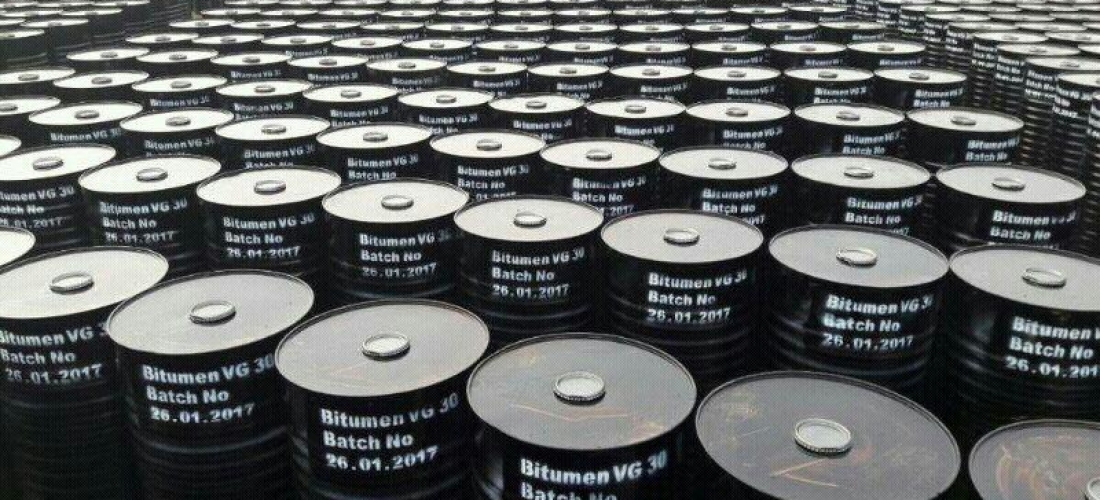Application
-
-
VG-10 BITUMEN
VG-10 is mostly used in spraying applications such as surface dressing and Paving in very cold climate instead of 80/100 penetration bitumen grade. It is also used to produce Bitumen Emulsion and Modified Bitumen products.
-
VG-20 BITUMEN
VG-20 is used for paving in cold climate & high altitude regions.
-
VG-30 BITUMEN
VG-30 is especially used to construct extra heavy duty Bitumen pavements that need to tolerate significant traffic loads. It can be used instead of 60/70 penetration bitumen grade.
-
VG-40 BITUMEN
VG-40 is used in highly stressed areas such as intersections, near toll booths and truck parking lots instead of 30/40 penetration grade. Because of higher viscosity, stiffer Bitumen mixes can be produced to amend resistance to shoving and other problems related to higher temperature and heavy traffic loads
-





